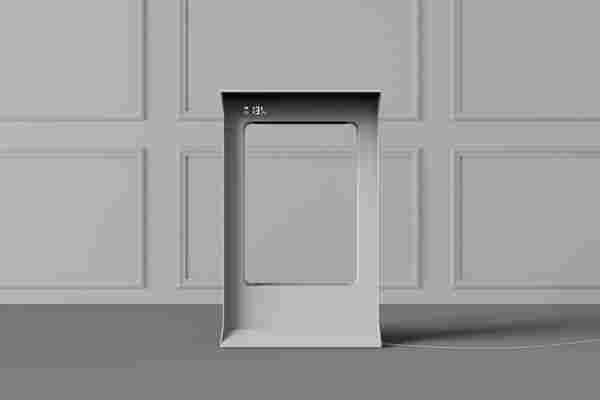You’ve got a garage for your business. It’s down there. It’s below street level. Dangit! It seemed like a great idea until you realized you were in Fargo. It’s gonna flood! Ya! It’s gonna! You can’t avoid it! Unless of course you do, and how are you going to be doing that then? Use the “Floodbreak.” It’s spiffy. It comes up from the ground and it stops that water cold! I don’t know if it’s gonna do much against the snow though.
It’s built for water!
For those of you not in the know, when I speak of Fargo I of course mean Fargo, North Dakota. This is a place that gets both a lot of snow and then in the spring, inevitably, a lot of water. That’s flood talk. So check this thing out if you’re in just such a situation. The Floodbreak.
What the Floodbreak consists of is “a floating panel that hinges into a recess int he pavement immediately in front of the entrance” to your garage or big door area. When water comes up on the Floodbreak, it floats, and when it floats, it rotates upwards. Hydrostatic pressure of the water raises the barrier and activates the self-sealing rubber flange. Flange! And that stops that water, so hard!
Available in unlimited width, unlimited height. 100% automatic.
Designer: Floodbreak, LLC
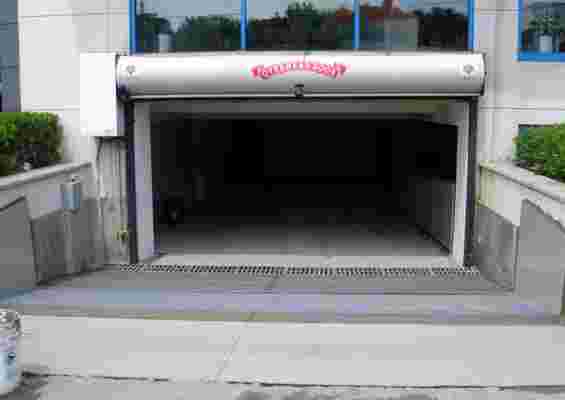
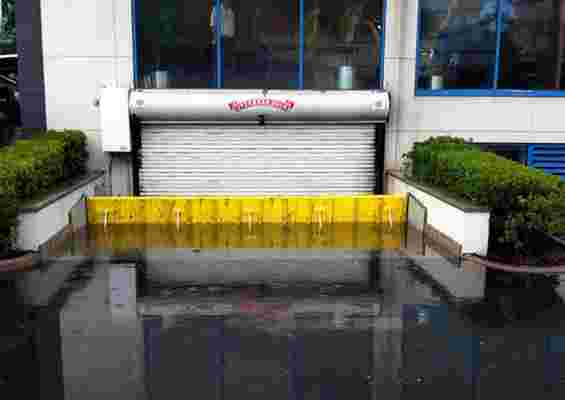
Into The Upstairs
Welcome to a private home in the inside of Islington, London. It’s here that an unnamed client asked some design heroes (listed below) to replace their lowly ladder to their loft with a permanent staircase. This loft was to be turned into a study and the connection needed to be improved! This staircase, thusly, was to fit inside a space of 140 cm x 90 cm (aka approximately 4.59 feet by 2.95 feet.) Wowzers!
The floor you’d start on and the floor you’d end up on in this home were very different. On the lower floor, carpeted Victorian with engraved banisters, on the higher floor, a wood-clad loft with “clean modern lines.” Thusly, a solution by the name of glass, a banister, and some extremely thin steps.
At the top, the opening to the loft was widened to not only accommodate the staircase but also to let in more light into the otherwise dark landing area on the lower floor. This light connects the two floors and invites all comers to bring themselves up to the higher space.
Materials: 6mm welded and painted steel sheet, 50mm painted steel post, 20mm toughened glass.
General Contractor: Krzysztof Potocki Metal work: Metalex Structural Engineer: HPS Photography: Tamir Addadi
Designer: Tamir Addadi
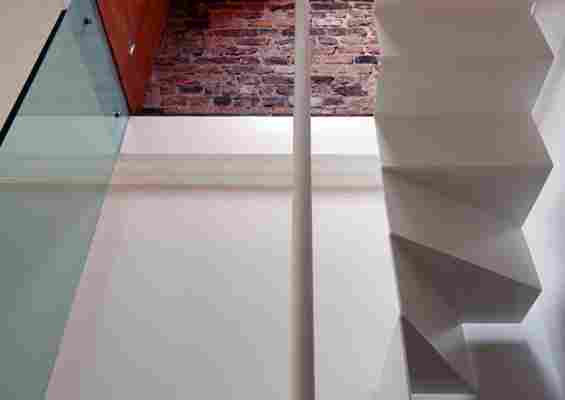
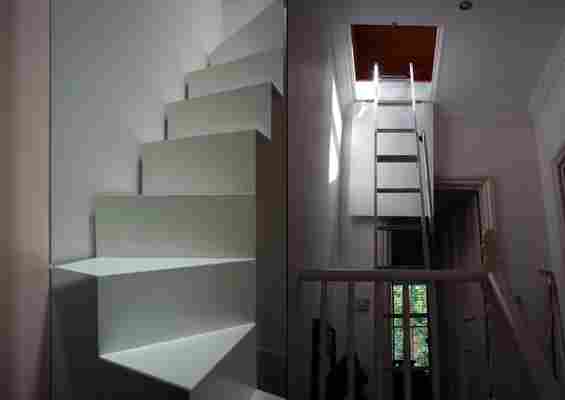
Air Purifying Window that uses sunlight to purify your home also creates a Foggy Screen to retain your privacy
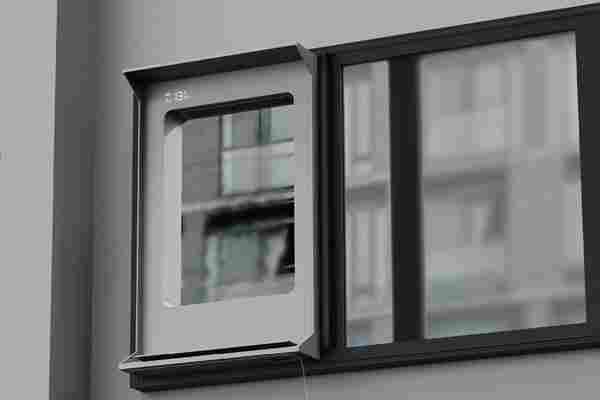
After spending a year quarantined with three roommates, the air quality in our apartment, if you can imagine, has grown quite stuffy. The solution seems simple: crack open a window. That’s true, we could do that, but giving our neighbors a clear view into our home does not sit well with any of us. For my roommates and I specifically, we have the bad luck of having large windows that look out onto a frequently traveled hallway, which gives our neighbors a clear window into our apartment.
Privacy or fresh air? That is the compromise that many apartment dwellers — especially those with ground-floor units — face. The Hazy Air Purifier is a window that ensures privacy while providing proper ventilation. How does it work? The device utilizes a new concept called HAZE, which uses sunlight to heat the air inside your home; this “heat haze” purifies the atmosphere and creates a foggy screen that obscures your interior living space from passing neighbors.
How does the Hazy air purifier fit into your living space? After all, windows come in all sizes. The designers fixed this issue with the Hazy’s height-adjustable frame. As long as your apartment has rectangular windows, the Hazy will likely be a perfect fit. Alternatively, the product also works as a standing unit; it doesn’t have to be fixed to the wall. Unfortunately, this method means losing out on the product’s main selling point: the hazy window effect. However, on its own, the Hazy air purifier’s unique shape won’t clash with your decor or clutter or living space, but may also attract some interested, quizzical questions from house guests.
Designer: Jisu Yang
